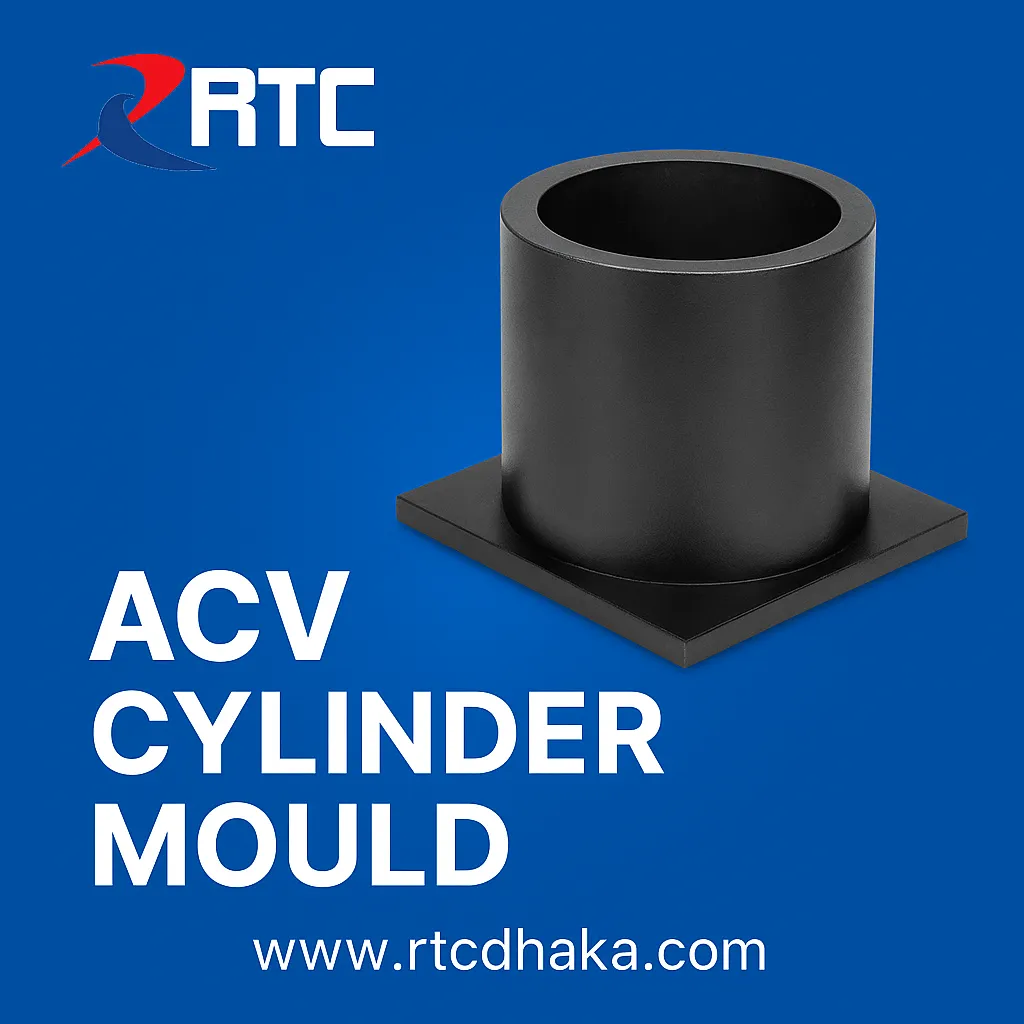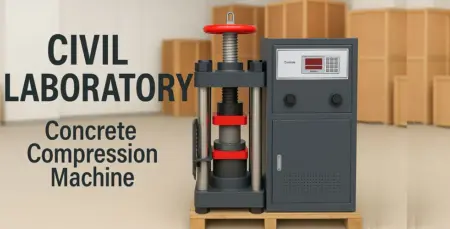What Is Aggregate Test? Why Do We Perform Aggregate Testing? – Complete Guide | RTC Dhaka
Aggregate is one of the most important materials used in construction—especially in concrete, road work, and structural foundations. The strength, durability, and overall performance of concrete greatly depend on the quality of aggregates.
To ensure quality and safety, engineers must perform aggregate testing before using aggregates in any project.
এই আর্টিকেলে আমরা দেখব:
🔹 Aggregate কী
🔹 Aggregate Test কী
🔹 কেন Aggregate Testing করা হয়
🔹 প্রধান Aggregate Test-এর ধরন
🔹 Bangladesh-এ কোথায় Aggregate Testing করা যায়
🧱 What Is Aggregate?
Aggregate হলো বালি, পাথর, গ্রাভেল বা চূর্ণিত পাথর যা কংক্রিট ও রাস্তা নির্মাণের প্রাথমিক উপাদান হিসেবে ব্যবহৃত হয়।
Aggregate প্রধানত দুই ধরনের:
-
Fine Aggregate – বালি বা 4.75mm এর কম সাইজ
-
Coarse Aggregate – 4.75mm এর বেশি সাইজের পাথর
🧪 What Is Aggregate Test?
Aggregate Test হলো বিভিন্ন ল্যাবরেটরি পরীক্ষা যার মাধ্যমে aggregate-এর গুণমান, শক্তি, স্থায়িত্ব, আকার ও রাসায়নিক বৈশিষ্ট্য নির্ণয় করা হয়।
Aggregate-এর গুণগত মান ভালো না হলে—
❌ Concrete দুর্বল হবে
❌ Structural failure হতে পারে
❌ Road surface damaged হবে
❌ Moisture absorption বাড়বে
তাই Aggregate Test নির্মাণ শিল্পে অত্যন্ত গুরুত্বপূর্ণ।
❓ Why Do We Perform Aggregate Testing?
Aggregate Testing-এর উদ্দেশ্য হলো:
✔ 1. Strength নিশ্চিত করা
Building বা road structure-এর design strength maintain করতে aggregate-এর compressive strength জানতে হয়।
✔ 2. Durability নিশ্চিত করা
Long-term weathering, chemical reaction এবং load-bearing capacity জানতে।
✔ 3. Shape & Size যাচাই করা
Angular বা flaky aggregate concrete bonding কমিয়ে দেয়। তাই shape test করা জরুরি।
✔ 4. Moisture Content জানা
Excess moisture concrete mix ratio নষ্ট করে দেয়।
✔ 5. Quality Control
Construction শুরু করার আগে QC Engineer aggregate-এর গুণমান নিশ্চিত করেন।
🧪 Common Aggregate Tests (Most Used in Bangladesh)
নীচে বাংলাদেশে সবচেয়ে বেশি ব্যবহৃত Aggregate Tests দেওয়া হলো:
🔵 1. Sieve Analysis Test
Aggregate-এর gradation (size distribution) নির্ণয় করা হয়।
🔵 2. Aggregate Crushing Value (ACV) Test
এটি aggregate-এর compressive strength নির্ধারণ করে।
🔵 3. Aggregate Impact Value (AIV) Test
Impact load সহ্য করার ক্ষমতা নির্ণয় করা হয়।
🔵 4. Los Angeles Abrasion (L.A Abrasion) Test
Wear resistance বা abrasion resistance পাওয়া যায়।
🔵 5. Specific Gravity & Water Absorption Test
Aggregate-এর density এবং moisture absorption নির্ণয় করা হয়।
🔵 6. Flakiness & Elongation Index Test
Aggregate-এর shape বা angularity যাচাই করা হয়।
🔵 7. Soundness Test
Chemical weathering resistance মূল্যায়ন করা হয়।
🧪 Benefits of Aggregate Testing
Aggregate test করার মাধ্যমে:
✔ Concrete mix design accurate হয়
✔ Structural failure-এর ঝুঁকি কমে
✔ Construction quality improve হয়
✔ Project lifetime বৃদ্ধি পায়
✔ International & BNBC standards follow করা যায়
📍 Where to Do Aggregate Testing in Bangladesh?
RTC Dhaka দেশের বিভিন্ন ল্যাবরেটরির জন্য Aggregate Testing Equipment সরবরাহ করে:
-
Sieve Shaker
-
IS Sieves
-
ACV/AIV Test Apparatus
-
Los Angeles Abrasion Machine
-
Flakiness & Elongation Gauge
-
Specific Gravity Equipment
-
Oven, Balance & Lab Tools
📞 Call for Equipment Price: 01831016720
🌐 Website: https://rtcdhaka.com





